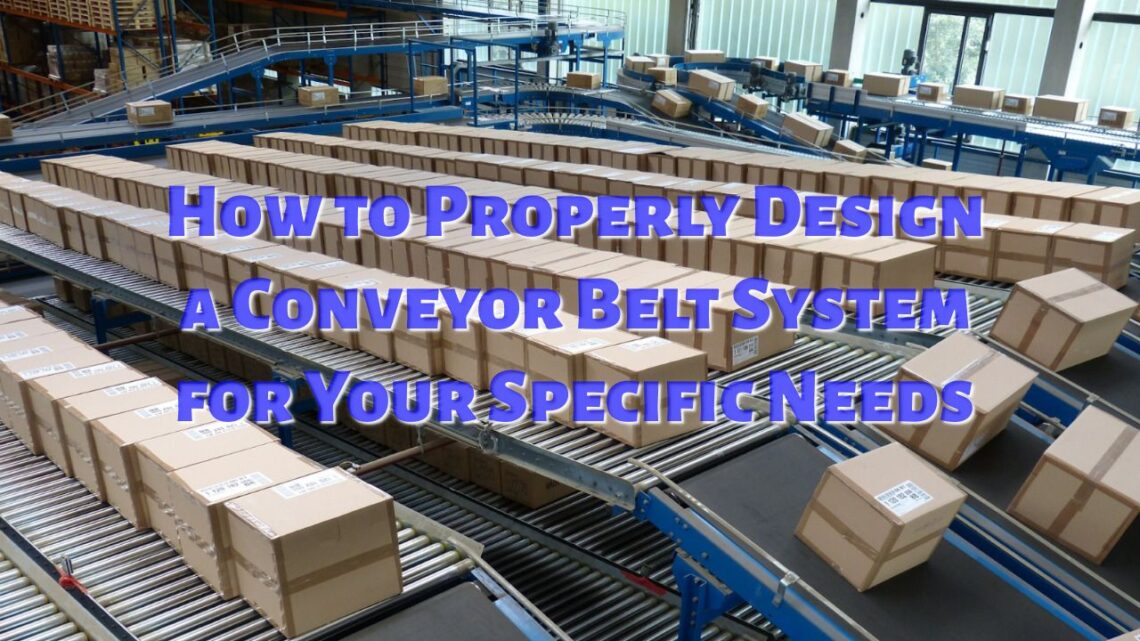How to Properly Design a Conveyor Belt System for Your Specific Needs
A properly designed conveyor belt system is essential to optimize production efficiency and ensure the safe and reliable transport of materials in industrial operations. Whether you are designing a new conveyor belt system from scratch or modifying an existing system to meet changing production needs, there are a few key considerations that can help to ensure the success of your project. In this article, we will explore some of the key steps involved in designing a conveyor belt system for your specific needs.
Step 1: Identify Your Specific Needs
The first step in designing a conveyor belt system is to identify your specific needs. This includes factors such as the type of materials you will be transporting, the volume of materials that need to be transported, the distance that the materials need to be transported, and any specific environmental or safety requirements that need to be met. By clearly identifying your specific needs upfront, you can ensure that your conveyor belt design meets those needs, optimizing production efficiency and minimizing the risk of costly errors or safety issues.
Step 2: Determine the Type of Conveyor Belt
After identifying your specific needs, the subsequent step is to select the most suitable type of conveyor belt for your operation from a wide range of options, such as flat belts, modular belts, cleated belts, and more. Choosing the appropriate type of belt depends on several factors, including the type and quantity of materials… Read more “How to Properly Design a Conveyor Belt System for Your Specific Needs”

